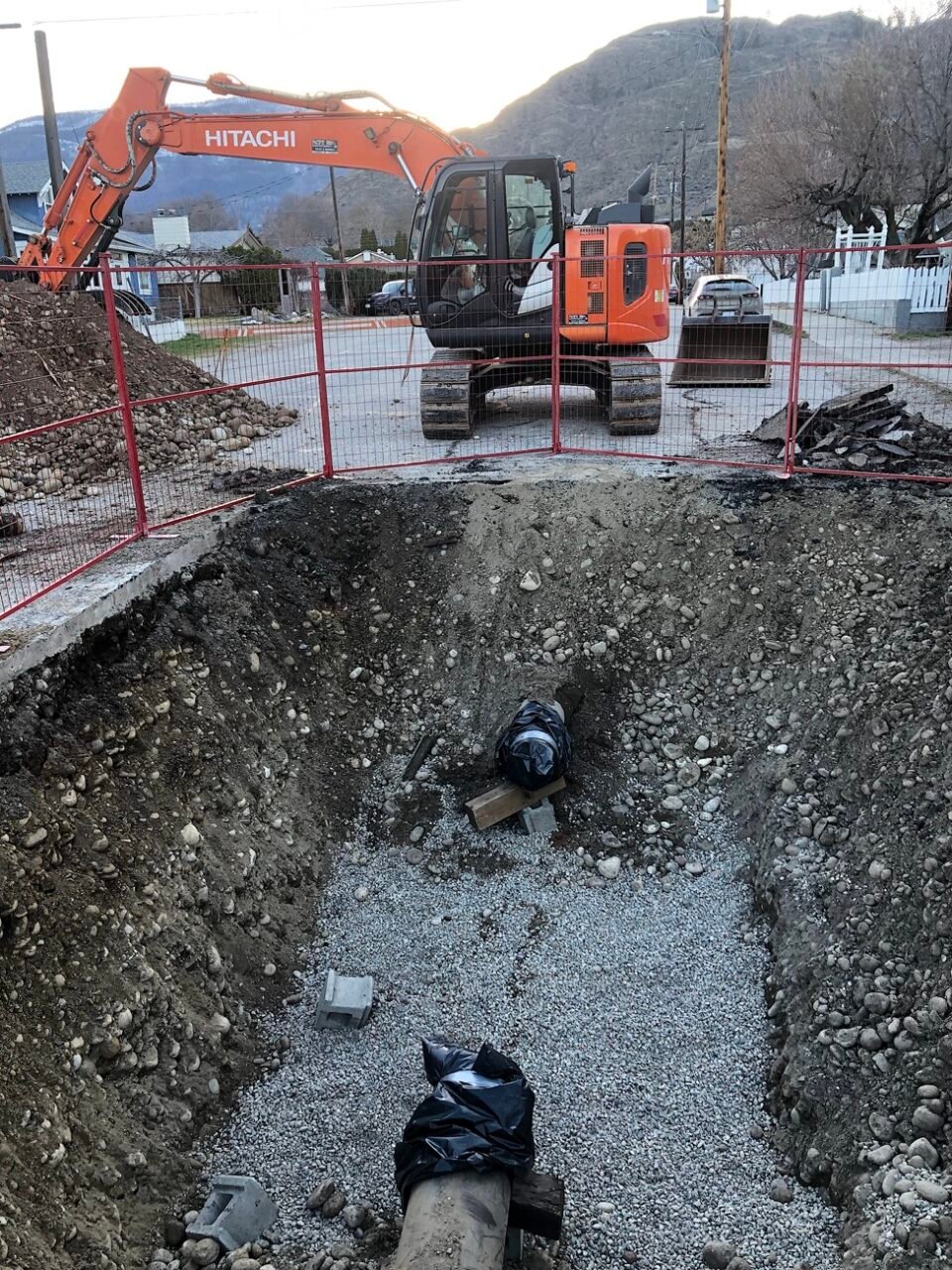By Don Urquhart, Times Chronicle
Oliver’s water and sewer infrastructure is expected to hold up, but the town could still use an additional ground water source, says TRUE Consulting.
Oliver received mostly good news during its latest infrastructure capacity assessment conducted by TRUE Consulting, but questions around the town’s projected growth and its burden on the infrastructure remain in the air.
The infrastructure capacity assessment conducted on the water and sewer infrastructure within the town boundaries was based on a projection about how much growth, and particularly infill development will take place over the next two decades.
Sean Curry, a professional engineer with TRUE Consulting noted in his summary of the assessment to town council on June 3 that the assessment was conducted based on the capacity of the systems in relation to the new provincial bills introduced to streamline residential development and support the building of more homes.
With more infill comes a heavier burden on the infrastructure and so an assessment was undertaken. TRUE Consulting chose to base the projections on a rate of 25 per cent infilling of single family parcels over the foreseeable future. This is the equivalent of 17 lots per year being developed into fourplexes within the town boundaries of Oliver.
Water Councillor Rick Machial expressed his reluctance to accept the 25 per cent number, as historically speaking 17 new fourplexes built per year “will not happen”. He went on to say building infrastructure with that in mind is not good.
Not just Machial, but Councillor David Mattes also chimed in on the line of projection, saying “in terms of adding capacity for the future . . . I think that 25 per cent is over the top high. I think we might be in two per cent, maybe one per cent”.
Curry acknowledged that the 25 per cent number was used throughout the assessment but that it was indeed a stretch. “This was the maximum realistic number,” he commented, noting that they did not use the 50, 75 or 100 per cent projections.
Overall the current water supply is sufficient, Curry explained, but there is no back-up supply, and with the projections the town would begin to experience water capacity issues in the year 2030 if nothing is done.
The recommendations offered for the water system included a review of the feasibility of constructing an additional water source. Curry explained that this could look something like a test well program to survey where a well could potentially be built,and then over 8-10 years the town can build up the capital for it.
They also recommended reviewing the capacity of the existing Miller Road well, examining the feasibility of connecting to alternative water sources, and proceeding with planning relating to water system capital plan projects.
When it comes to sewer systems, the “capacity of the sewer treatment system should be adequate for well into the future” Curry explained.
He said that there may be minor capacity issues in the future, but these would be resolved by larger pumps that “could easily solve that issue”, except for the Influent Lift station which he said may require a little more work.
The recommendations for sewer infrastructure were to monitor the performance of local lift stations and the Influent Lift Station and examine the feasibility of increasing permitted discharge amounts from the wastewater treatment system.
This generally positive assessment of the infrastructure in the South Okanagan is welcome news, particularly in contrast to the Town of Osoyoos, whose water infrastructure issues are well known.
Last year, Osoyoos was granted $9 million by the province to improve its drinking water by constructing a new water treatment plant to address its poor water quality and crumbling infrastructure that has been neglected by successive councils and administrations for decades.
Osoyoos council has given the nod to town staff to review and update the Five-Year Financial Plan to incorporate the costs associated with the design, construction and ongoing operations and maintenance of a surface water treatment facility at an estimated cost of $51.735 million.
The matter will then be brought before council in a regular open meeting for further discussion, including how to pay for the project, before committing to the path of lake water treatment.
The decision is based on the “Source Water and Treatment Feasibility Study” by Carollo Engineers, a US-based water-only consultancy firm which laid out the options for water treatment for the town.

